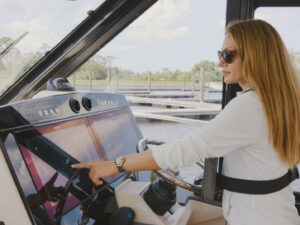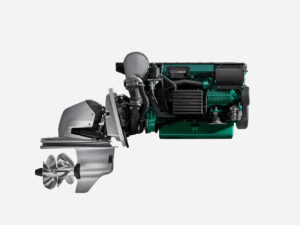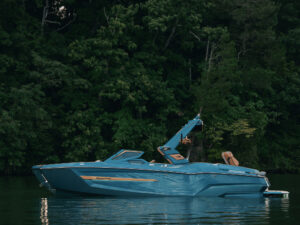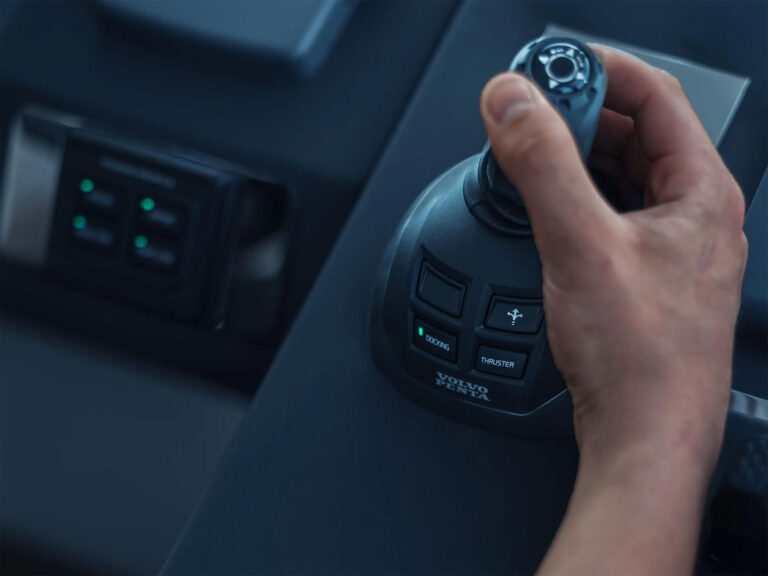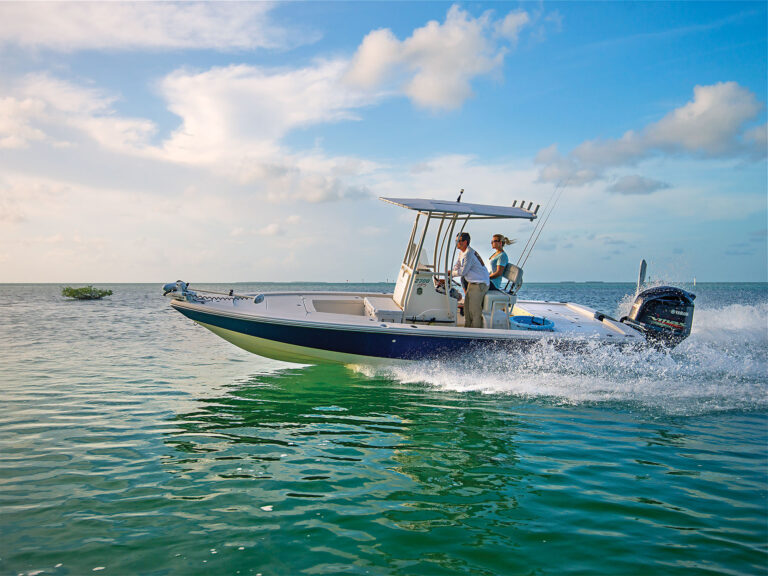
Water-skiing, wakesurfing and wakeboarding are all fun ways to enjoy a day on the water. The first step, of course, is getting up on your skis, board or wakesurfer. Each sport is unique, but they share certain characteristics. Understanding them will make your starts easy and consistent.
The Power Comes From Your Legs
These tow sports are lower-body sports, which means your leg strength is what gets you on top of the water. Start by drawing your knees to your chest and flexing your ankles inward to bring the ski or board close to your chest. Your skis should be vertical, with the ski tip well above the water. The board on a wakeboard or wakesurfer is typically sideways or parallel to the transom prior to starting in the water.
As the boat accelerates, keep your knees and ankles tucked into your chest. The pressure of the water will lift you up. As your ski or board rises to the surface, raise your seat up as if you were standing from a chair. As you raise your seat and hips, keep an ample bend in your knees and ankles. This position provides the best balance and control. As you complete the start, use your feet and legs to turn the board facing forward.
Relaxed Upper Body
With your lower body working to get you on top of the water, your hands, arms, shoulders and chest should be relaxed, and the handle held palms down. The purpose of the line and handle is to tow you, but they should not support your weight. Apprehensive beginners can carry tension in the upper body; the remedy is to exhale just before the boat accelerates. This releases upper-body tension, allowing your arms and shoulders to relax into a natural position. Relaxing the upper body allows you to use your leg strength during the start.
Read Next: How to Choose the Right Tow Tower
Tips for Quicker Learning
Several techniques can model a proper starting position before you start behind the boat. In shallow water, have someone tow you while you maintain a proper starting position. If the ski or board wobbles from side to side, concentrate on using your lower body. If you can keep the ski or board still and close to your chest, you understand how to get up. Next, do the same exercise behind the boat while the driver tows you at idle speed. When you maintain a tucked body position following the boat, you are ready for your start.
It is helpful to have an experienced skier or rider next to you and holding you in position. This is especially helpful for young novices, who usually feel more comfortable with someone next to them.
Driving Tips
A driver familiar with tow sports is crucial to quick success. The driver should put the boat in idle while the line stretches out. Just before the line is taut, the driver should put the throttle in neutral and wait for the skier or rider to get in the proper starting position.
The driver should wait for the commands “in gear” and “hit it” from the skier or rider, then put the throttle in gear and accelerate smoothly to the appropriate speed for the skier’s size, experience and specific tow sport. Optimal speed for water-skiing on two skis is 15 to 25 mph, 20 to 30 mph for slalom-skiing, 15 to 20 mph for wakeboarding, and 10 to 12 mph for wakesurfing.

